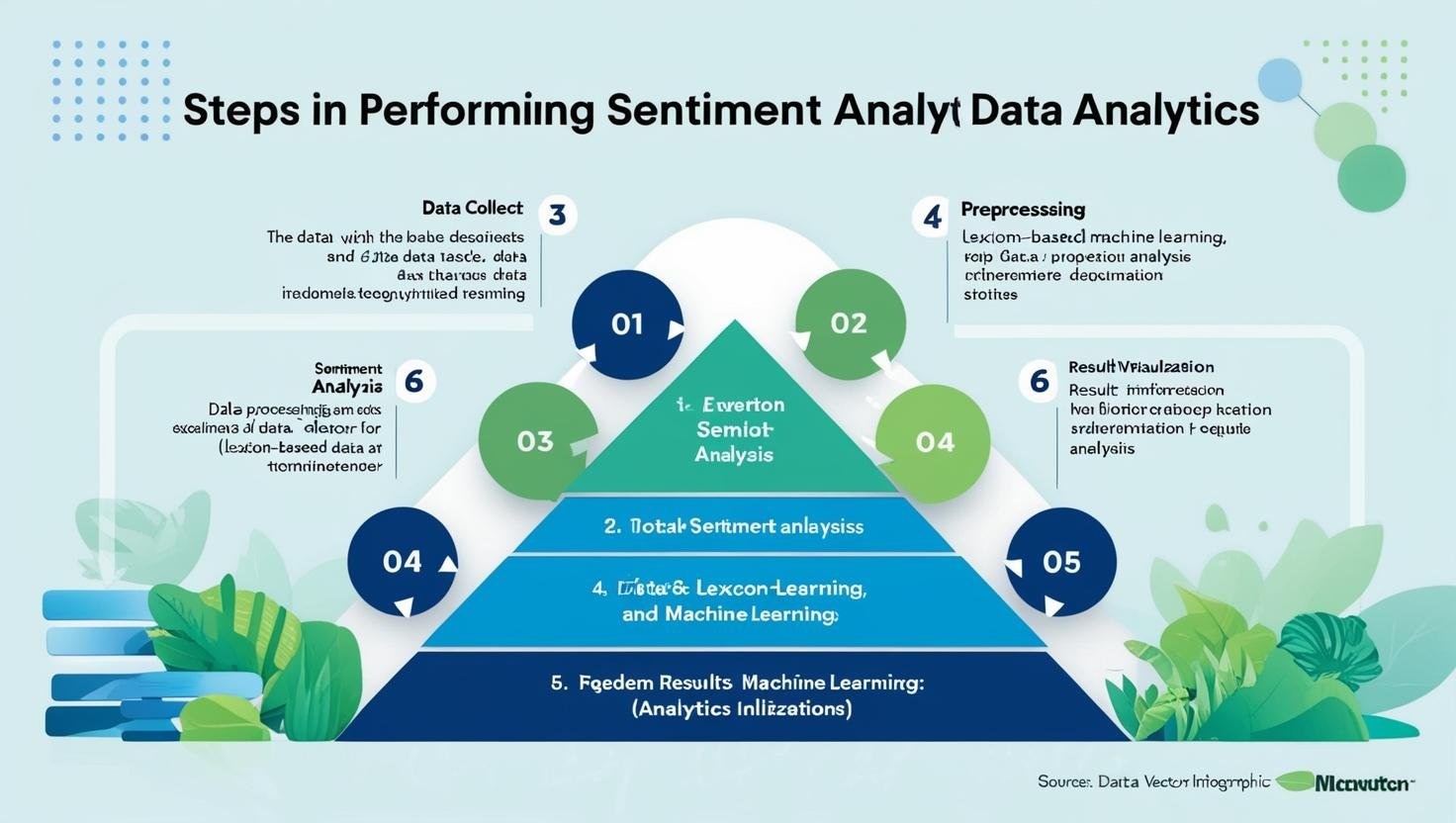Businesses generate vast amounts of data through customer feedback, social media interactions, product reviews, and surveys. Understanding customer sentiment is crucial for improving services, enhancing customer experience, and making data-driven decisions. This is where Sentiment Analysis comes into play.
Sentiment Analysis, also known as opinion mining, is a technique used in data analytics to determine the emotional tone behind a piece of text. By leveraging natural language processing (NLP) and machine learning, businesses can categorize sentiments as positive, negative, or neutral.
Steps to Perform Sentiment Analysis Using Data Analytics
Step 1: Data Collection
The first step in sentiment analysis is gathering relevant data. Sources may include:
✔ Social media posts (Twitter, Facebook, LinkedIn)
✔ Customer reviews (Amazon, Google Reviews)
✔ Support tickets and emails
✔ Survey responses
Tools like Google Scraper, APIs (Twitter API, Facebook Graph API), and web scraping techniques can be used to extract text data from different platforms.
Step 2: Data Preprocessing
Raw data is often noisy and unstructured. Preprocessing helps clean and structure the data for analysis. Key steps include:
✔ Removing Punctuation & Special Characters: Unnecessary symbols can interfere with text analysis.
✔ Tokenization: Splitting text into words or phrases for better analysis.
✔ Stopword Removal: Common words like “the,” “is,” and “and” are removed to focus on meaningful words.
✔ Lemmatization & Stemming: Converting words to their base or root form (e.g., “running” → “run”).
Python libraries like NLTK (Natural Language Toolkit) and spaCy are widely used for data preprocessing in sentiment analysis.
Step 3: Feature Extraction
After cleaning the data, it’s converted into numerical values for machine learning models. Two popular methods are:
✔ Bag of Words (BoW): Converts text into a matrix of word occurrences.
✔ TF-IDF (Term Frequency-Inverse Document Frequency): Measures word importance within a dataset.
Libraries like Scikit-learn can help perform feature extraction efficiently.
Step 4: Sentiment Classification
Now, we apply machine learning or deep learning models to classify sentiments. Popular models include:
✔ Lexicon-Based Approaches: Uses predefined word lists with sentiment scores (e.g., VADER for social media).
✔ Machine Learning Models: Uses algorithms like Naïve Bayes, Logistic Regression, and Random Forest.
✔ Deep Learning Approaches: Uses advanced models like LSTMs, BERT, and transformers for better accuracy.
Example:
Using Python, a simple Naïve Bayes classifier can be implemented as:
from sklearn.feature_extraction.text import CountVectorizer
from sklearn.naive_bayes import MultinomialNB
# Sample dataset
text_data = ["I love this product!", "This service is terrible.", "Amazing experience!"]
labels = [1, 0, 1] # 1 = Positive, 0 = Negative
# Convert text to numerical format
vectorizer = CountVectorizer()
X = vectorizer.fit_transform(text_data)
# Train the model
model = MultinomialNB()
model.fit(X, labels)
# Test new input
test_text = vectorizer.transform(["Not satisfied with the product"])
prediction = model.predict(test_text)
print("Sentiment:", "Positive" if prediction[0] == 1 else "Negative")
If you want to learn practical implementation of sentiment analysis, Data Analytics Classes in Delhi, Noida, Lucknow, Meerut, Indore and more cities in India can help you gain hands-on training.
Step 5: Data Visualization
Visualizing sentiment trends helps businesses make better decisions. Tools like Matplotlib, Seaborn, and Tableau can be used to generate graphs and dashboards.
Common visualization techniques include:
📊 Bar Charts: Show sentiment distribution.
📈 Line Charts: Track sentiment trends over time.
☁ Word Clouds: Highlight frequently occurring words in positive/negative feedback.
Applications of Sentiment Analysis
✔ Brand Monitoring: Track customer sentiment towards products and services.
✔ Customer Support: Identify negative feedback and improve response times.
✔ Market Research: Analyze competitors and industry trends.
✔ Political Analysis: Understand public sentiment during elections.
Conclusion
Sentiment analysis is a powerful data analytics technique that helps businesses understand customer opinions, improve services, and make data-driven decisions. By following steps like data collection, preprocessing, feature extraction, and model training, companies can gain valuable insights from text data.



